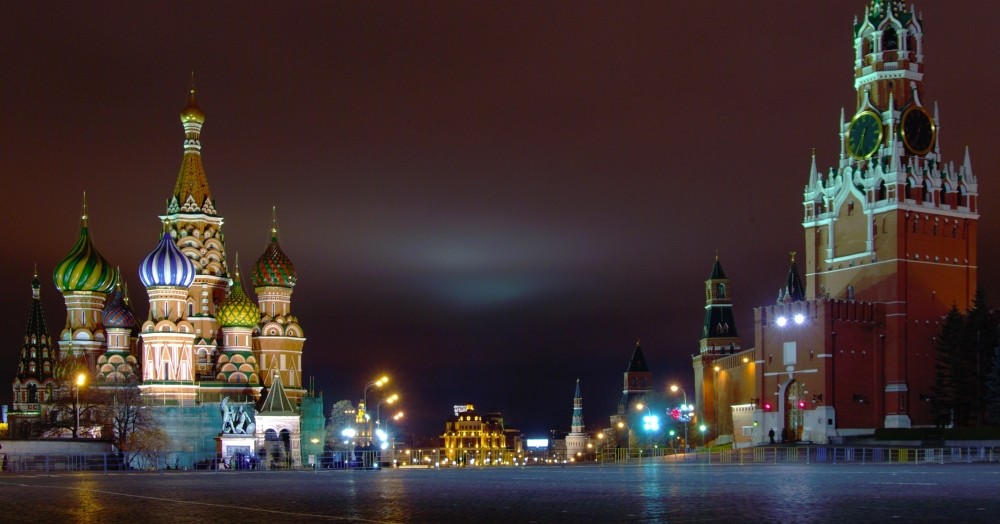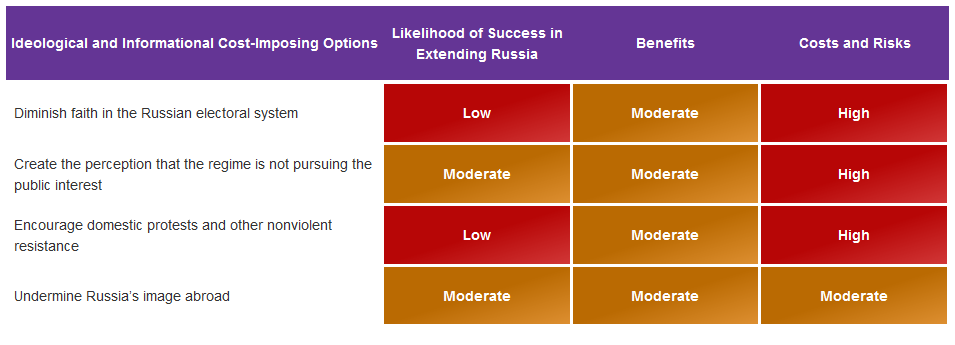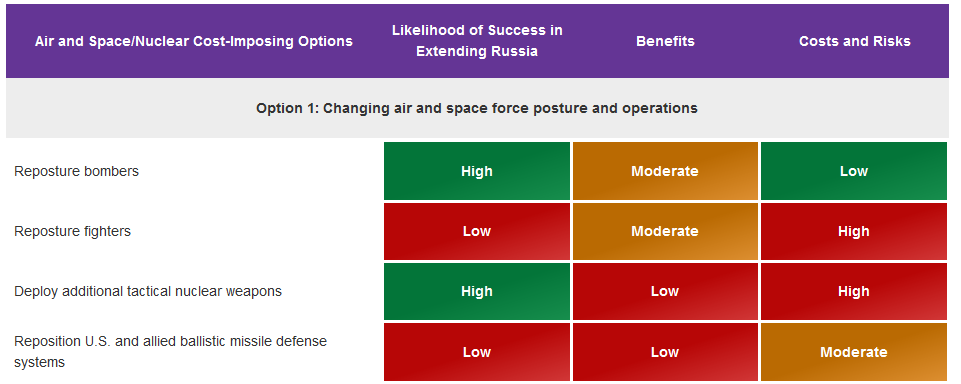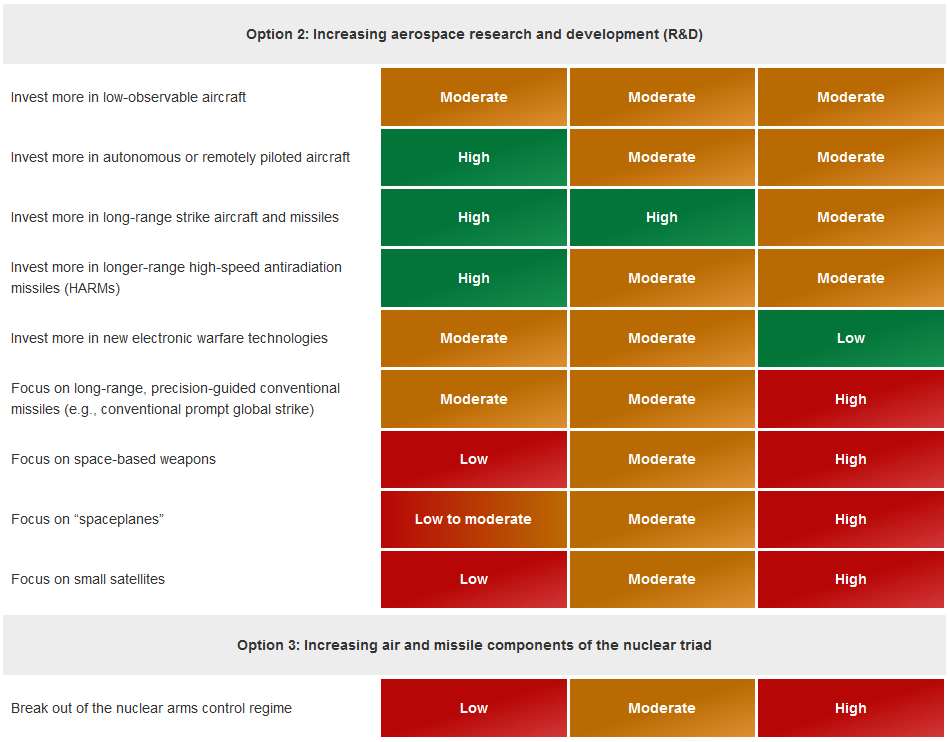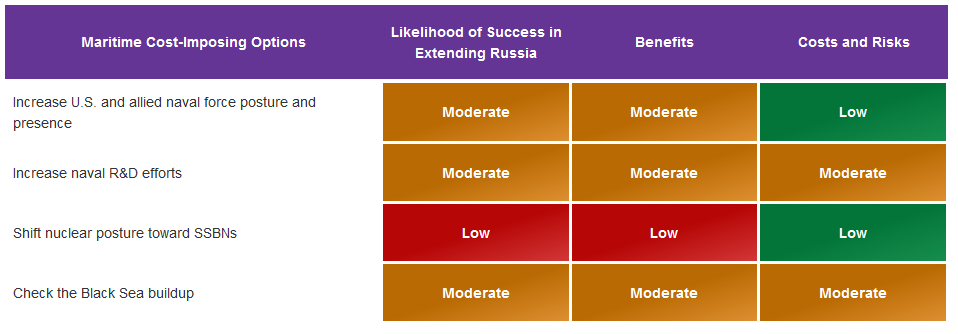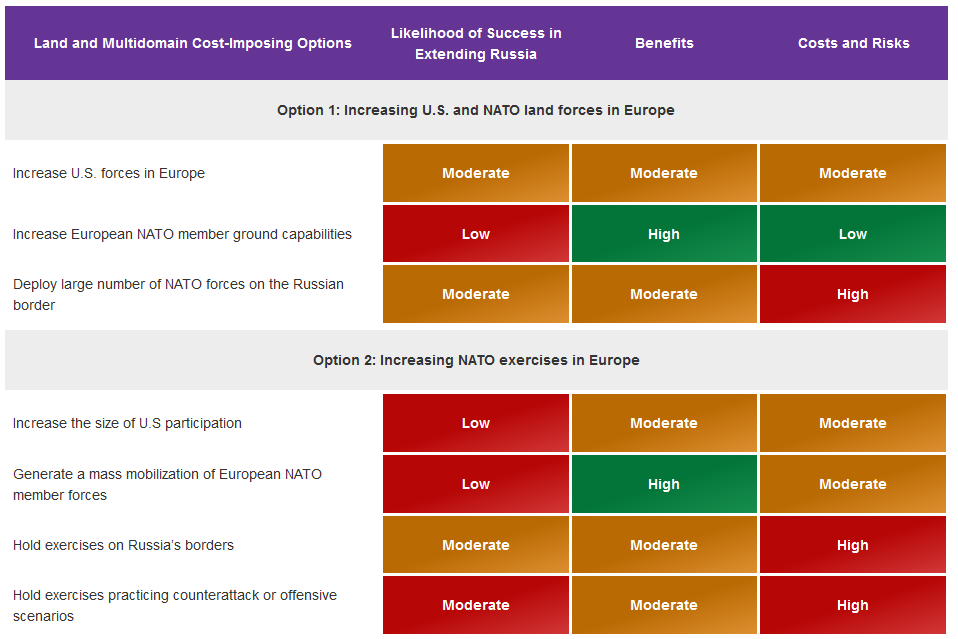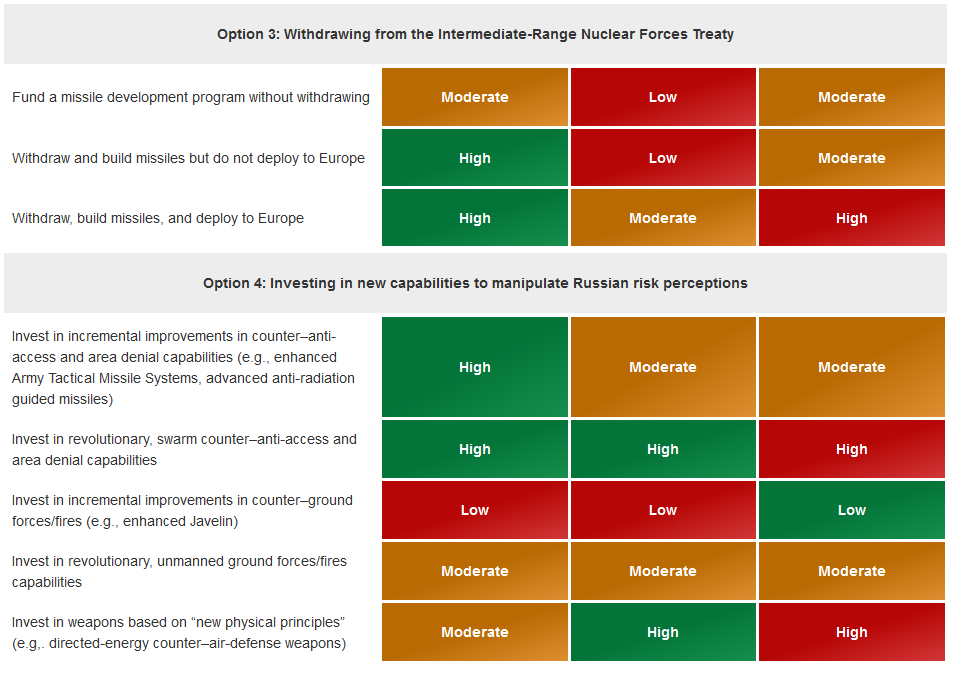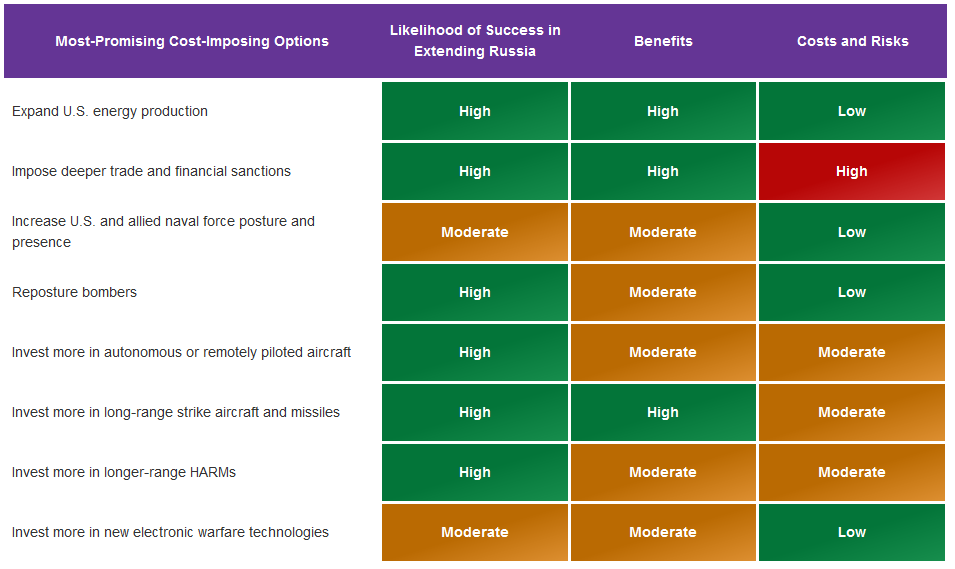In continuation of “Russia dissolution” options released by The Hill, the turn has come for RAND Corporation to suggest its take on overextending and unbalancing Russia’s economy and armed forces and the regime’s political standing at home and abroad.
According to the 2019 RAND Corporation research “Overextending and Unbalancing Russia: Assessing the Impact of Cost-Imposing Options,” Russia has several vulnerabilities that may be exploited.
These include: “oil and gas prices well below peak that have caused a drop in living standards, economic sanctions that have furthered that decline, an aging and soon-to-be-declining population, and increasing authoritarianism under Vladimir Putin’s now-continued rule.”
These are further reinforced and deepened by fears of Western-enforced regime change, as well as the loss of great power status and even a direct military attack.
Overextending and unbalancing Russia still would prove a challenging feat to achieve:
“Despite these vulnerabilities and anxieties, Russia remains a powerful country that still manages to be a U.S. peer competitor in a few key domains. Recognizing that some level of competition with Russia is inevitable, RAND researchers conducted a qualitative assessment of “cost-imposing options” that could unbalance and overextend Russia. Such cost-imposing options could place new burdens on Russia, ideally heavier burdens than would be imposed on the United States for pursuing those options.”
To this end several groups of measures can be undertaken:
- Economic Cost-Imposing Measures, these include:
- Expanding U.S. energy production, which would stress Russia’s economy, by adopting policies that expand world supply and depress global prices, the United States can limit Russian revenue. There is little cost and risk involved and could leverage secondary benefits to the US, and it is ideal since it doesn’t need multilateral acceptance;
- Imposing deeper trade and financial sanctions, which strongly depends on other countries’ willingness to partake. “But sanctions come with costs and, depending on their severity, considerable risks.”
- Increasing Europe’s ability to import gas from suppliers other than Russia could economically extend Russia and buffer Europe “against Russian energy coercion.” Europe is allegedly slow moving in the direction, but a strong pressure in this direction would require LNG markets to become more flexible and LNG would also need to get more competitive in terms of price with Russia’s natural gas;
- Encouraging the emigration from Russia of skilled labor and well-educated youth has few costs or risks and could help the United States and other receiving countries and hurt Russia. It would take a long while to understand any benefits and there is little possibility of overextending Russia.
- Geopolitical Cost-Imposing Measures:
- Providing lethal aid to Ukraine would exploit Russia’s greatest point of external vulnerability. Any increase in US military arms and advice to Ukraine needs to be “carefully calculated” so that Russia’s costs of sustaining its existing commitment would be increased, but without it escalating to a larger conflict;
- Increasing support to the Syrian rebels could jeopardize other U.S. policy priorities, such as combating radical Islamic terrorism, and could risk further destabilizing the entire region. According to RAND, this could be difficult since the Syrian opposition is quite fragmented and radicalized, as well as on the decline;
- Promoting liberalization in Belarus likely would not succeed and could provoke a strong Russian response;
- Expanding ties in the South Caucasus to be an economical competitor of Russia but geographically and historically it would not be feasible;
- Reducing Russian influence in Central Asia would be very difficult and could prove costly. It would overextend the US more than it would do so for Russia;
- Flip Transnistria and expel the Russian troops from the region would allegedly be a blow to Russian prestige, but would actually benefit Moscow because it would reduce overextension and would be more costly for US and Co.
- Ideological and Informational Cost-Imposing Measures:
- Diminishing faith in the Russian electoral system would be difficult because of state control over most media sources;
- Creating the perception that the regime is not pursuing the public interest could focus on widespread, large-scale corruption and further challenge the legitimacy of the state;
- Encouraging domestic protests and other nonviolent resistance would focus on distracting or destabilizing the Russian regime and reducing the likelihood that it would pursue aggressive actions abroad. Very difficult since it ensues meddling in Russia’s internal affairs by Western governments and carries very high risk;
- Undermining Russia’s image abroad would focus on diminishing Russian standing and influence, thus undercutting regime claims of restoring Russia to its former glory. It is unclear how effective that would be, since that’s been an on-going trend for years.
Regardless, “while none of these measures has a high probability of success, any or all of them would prey on the Russian regime’s deepest anxieties and might be employed as a deterrent threat to diminish Russia’s active disinformation and subversion campaigns abroad.” These are essentially aimed at hurting the Russian top brass’ feelings.
- Air and Space Cost-Imposing Measures:
- Reposturing bombers within easy striking range of key Russian strategic targets has a high likelihood of success and would certainly get Moscow’s attention and raise Russian anxieties. Placements such as in the Baltic states or in the UK, as in the case of the recent deployment of B-52 bombers. Low risk if out of range of Russian missiles;
- Reposturing fighters so that they are closer to their targets than bombers as a way to achieve higher sortie rates to compensate for their smaller payloads would likely concern Moscow even more than reposturing bombers, but the likelihood of success is low and risks are high;
- Deploying additional tactical nuclear weapons to locations in Europe and Asia could heighten Russia’s anxiety enough to significantly increase investments in its air defenses;
- Repositioning U.S. and allied ballistic missile defense systems to better engage Russian ballistic missiles would also alarm Moscow, but it would cause less financial stress because Russia could just saturate with existing systems;
- There are also ways to get Russia to extend itself in strategic competition. These include developing new strategic bombers and other arms and systems. This is risky since Russia could counter these measures by investing in cheaper alternatives that do the job just fine;
- Finally, The United States might goad Russia into a costly arms race by breaking out of the nuclear arms control regime, but the benefits are unlikely to outweigh U.S. costs.
- Maritime Cost-Imposing Measures:
- Increasing U.S. and allied naval force posture and presence in Russia’s operating areas could force Russia to increase its naval investments, diverting investments from potentially more dangerous areas;
- Increasing naval R&D efforts would focus on developing new weapons that allow U.S. submarines to threaten a broader set of targets or enhance their ability to threaten Russian nuclear ballistic missile submarines (SSBNs), which could impose anti-submarine warfare costs on Russia;
- Shifting nuclear posture toward SSBNs would entail increasing the percentage of the U.S. nuclear triad assigned to SSBNs by increasing the size of that fleet;
- Checking the Black Sea buildup would involve deploying strengthened NATO anti-access and area denial over the Black Sea—perhaps in the form of long-range, land-based anti-ship missiles—to drive up the cost of defending Russian bases in Crimea and lower the benefit to Russia of having seized this area.
- Land and Multidomain Cost-Imposing Measures:
- Increasing U.S. forces in Europe, increasing European NATO member ground capabilities, and deploying a large number of NATO forces on the Russian border would likely have only limited effects on extending Russia. All the options would enhance deterrence, but the risks vary;
- Increasing the size and frequency of NATO exercises in Europe may help to enhance readiness and deterrence, but it is unlikely to prompt a costly Russian response unless the exercises also send risky signals;
- Developing but not deploying an intermediate-range missile could bring Russia back into conformity with the Intermediate-Range Nuclear Forces Treaty but could also prompt an acceleration of Russian missile programs;
- Incremental investments in new technologies to counter Russian air defenses and increase U.S. long-range fires could significantly improve defense and deterrence while compelling increased Russian investment in countermeasures.
This, in its own stead would force the US army to “rebuild its linguistic and analytical expertise on Russia. Because Russia does pose a long-term threat, the Army needs to develop the human capital to engage in this strategic competition.”
The army doesn’t need to directly take part in overextending and unbalancing Russia, but it would play a large role in countering any possible blowbacks.
Finally, the report reaches the following conclusion:
“The most-promising options to “extend Russia” are those that directly address its vulnerabilities, anxieties, and strengths, exploiting areas of weakness while undermining Russia’s current advantages. In that regard, Russia’s greatest vulnerability, in any competition with the United States, is its economy, which is comparatively small and highly dependent on energy exports.”
Following is the table with the most promising measures in order of their respective benefits and risks weighed:
MORE ON THE TOPIC:



